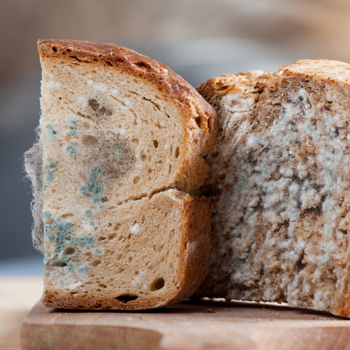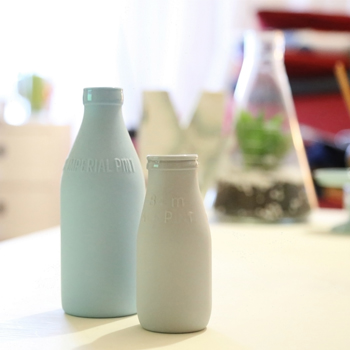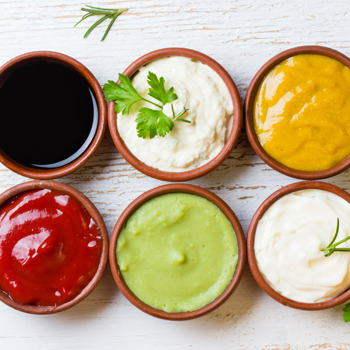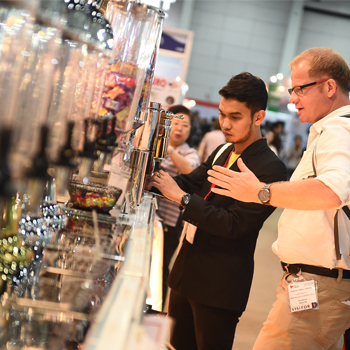
สหราชอาณาจักร สเปน เยอรมนี และไทย
ผนึกกำลังพัฒนาระบบการผลิตข้าวอัจฉริยะที่เป็นมิตรกับสิ่งแวดล้อม
มุ่งเพิ่มรายได้ให้กับเกษตรกรไทยในจังหวัดร้อยเอ็ด
โดย: คุณอรรถวิชช์ วัชรพงศ์ชัย
Atthawit Watcharapongchai
Project Manager
Deutsche Gesellschaft für Internationale Zusammenarbeit (GIZ) GmbH
atthawit.watcharapongchai@giz.de
Full article TH-EN
“โครงการข้าวหอมมะลิยั่งยืน” เปิดตัวขึ้นโดยความร่วมมือจากภาคีภาคเอกชน กรมการข้าว และองค์กรความร่วมมือระหว่างประเทศของเยอรมัน (GIZ) เพื่อพัฒนาคุณภาพชีวิตของเกษตรกรไทยจำนวน 1,200 ราย ในพื้นที่จังหวัดร้อยเอ็ด รวมทั้งพัฒนาการผลิตข้าวหอมมะลิให้สอดคล้องกับมาตรฐานการผลิตข้าวยั่งยืนด้วยเทคโนโลยีเกษตรอัจฉริยะเพื่อลดผลกระทบจากการเปลี่ยนแปลงสภาพภูมิอากาศ
โครงการดังกล่าวจะดำเนินงานเป็นระยะเวลา 2.5 ปี (ตั้งแต่ปี พ.ศ. 2561–2563) โดยมีภาคีความร่วมมือหลัก ได้แก่ ภาคีภาคเอกชน กรมการข้าว และ GIZ ซึ่งมุ่งเป้าที่จะส่งเสริมเกษตรกรผู้ปลูกข้าวจำนวน 1,200 รายจาก 12 ศูนย์ข้าวชุมชนในจังหวัดร้อยเอ็ดในการผลิตข้าวหอมมะลิยั่งยืนจำนวน 3,500 ตัน โดยเชื่อมั่นว่าจะเป็นส่วนหนึ่งที่ช่วยผลักดันให้ข้าวหอมมะลิไทยได้มาตรฐานการผลิตข้าวยั่งยืนมากขึ้น ซึ่งจะเกิดประโยชน์ต่อเกษตรกร ผู้ผลิตข้าว ทุกภาคส่วนที่เกี่ยวข้อง ตลอดจนต่อด้านสิ่งแวดล้อม
ข้าวหอมมะลิได้รับการยอมรับว่าเป็นข้าวรสชาติดีที่สุดในโลกและประเทศไทยเป็นหนึ่งในประเทศผู้ส่งออกข้าวลำดับต้นๆ ของโลก อย่างไรก็ตามเกษตรกรในฐานะผู้ผลิตข้าว ยังคงเป็นผู้ที่มีรายได้ต่ำที่สุดในภาคการเกษตร เกษตรกรผู้ปลูกข้าวไทยส่วนใหญ่ยังประสบปัญหาด้านต้นทุนการผลิตสูงและราคาข้าวที่ผันผวน ดังนั้น กรมการข้าวจึงเข้าร่วมโครงการเพื่อช่วยพัฒนาคุณภาพข้าวที่ยั่งยืน ซึ่งกรมการข้าวมีบทบาทหน้าที่หลักในการวางแผนและดำเนินการเรื่องยุทธศาสตร์และนโยบายข้าวแห่งชาติ ผ่านการวิจัยและพัฒนาเมล็ดพันธุ์ข้าว การปฏิบัติของเกษตรกร การจัดการหลังการเก็บเกี่ยวและมาตรฐานคุณภาพข้าว จากการดำเนินงานดังกล่าว จะช่วยส่งเสริมให้เกษตรกรสามารถผลิตข้าวคุณภาพดี ลดต้นทุนการผลิต รวมถึงสามารถเพิ่มผลผลิตและเพิ่มคุณภาพข้าวได้เพียงพอต่อความต้องการของตลาดโลก นอกจากนี้ยังคาดหวังว่าโครงการจะมีส่วนช่วยให้เกษตรกรสามารถหารายได้เข้าชุมชนเพิ่มขึ้นด้วย
The world leaders in rice sector, the Thai Rice Department and GIZ recently launched an innovative joint project to improve the economic viability of 1,200 Thai rice farmers and develop high-quality and sustainable Hom Mali rice with a climate-smart system to mitigate climate change in Roi-Et province.
The “Sustainable Hom Mali Rice” project will be implemented for 2.5 years (2018-2020). The main implementing partners are the world leaders in rice sector, the Thai Rice Department and GIZ. The project aims to support 1,200 Thai rice growers from each of the 12-community rice centres in Roi-Et province in the production of 3,500 metric tons of Hom Mali rice.
This initiative is part of world rice sector’s journey to source rice from farmers working towards the Sustainable Rice Platform (SRP) standard. In 2016, the rice sector reached an important milestone and now all basmati rice is sourced from farmers working towards the SRP standard – representing 10 percent of our overall rice volume. From now on, the rice sector will be working with the other global rice sector, the Thai Rice Department and GIZ to further the standards outlined by the SRP on Hom Mali rice. It guarantees to achieve a more sustainable Hom Mali rice crop in Thailand that benefits all stakeholders – farmers, rice producers, and the environment.
In collaboration with the Thai Rice Department, the world leaders in rice sector and Hom Mali rice farmers in Thailand, the project will implement numerous interventions such as educating farmers on SRP standards and agronomic technologies, giving access to high-quality seeds, enhancing the skills of farmer groups, improving gender equity, adoption of Information and Communications Technology (ICT)-enabled traceability for food safety and quality considerations, and stimulating domestic and international off-takers to procure sustainable rice. The partnership also aims to provide access to finance mechanisms and improve the financial literacy of agriculture cooperatives, with a focus on gender inclusion to unlock opportunities for women.
This project forms part of the commitment to sustainability in the sector, since Thailand plays a major role in the Group’s rice supply chain. It firmly believes that the best way to achieve sustainability in the sector is through alliances and having such strong partners with millers and farmers all banding together. Currently a lot of discussions are going on about the sustainability of the rice sectors with the focus on the livelihood of farmers, chemical usage, inclusiveness, food security and the overall condition and wellbeing of farmers. These issues are not exclusive to smallholders but focusing on them can drive industry change.
Hom Mali rice has been declared the world’s best rice and Thailand is one of the world’s leading rice exporters, yet rice farmers are among the lowest earners in the country’s agriculture sector. Many Thai rice farmers face rising production costs and fluctuating prices. Under this project, we will join forces in developing a sustainable quality of rice. The Rice Department is responsible for planning and implementation of the national rice policy and strategy through research and development of rice seed, farming practices, post-harvest and processing, and rice standards. By so doing, we ensure that our implementation can help farmers produce good quality rice and reduce the cost of production while increasing rice yield as well as quality rice that meets global requirements. It is expected that the project will help the farmers to earn additional income in each community.









